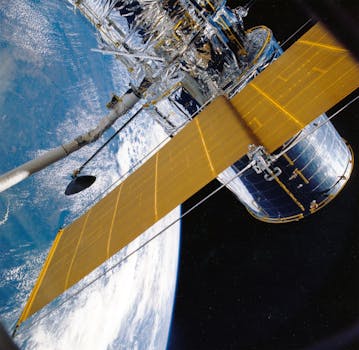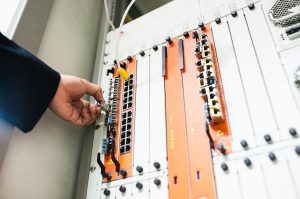
MEO Satellites: The Future of Global Connectivity
Medium Earth Orbit (MEO) satellites are a type of satellite that operates at an altitude of around 2,000 to 36,000 kilometers above the Earth’s surface. This unique orbit allows MEO satellites to provide a range of benefits, including lower latency, higher bandwidth, and improved coverage compared to traditional Geostationary (GEO) satellites. As the demand for global connectivity continues to grow, MEO satellites are poised to play a crucial role in shaping the future of satellite communications.
MEO satellites have several key advantages that make them an attractive option for a range of applications, including telecommunications, navigation, and Earth observation. One of the main benefits of MEO satellites is their lower latency compared to GEO satellites. Because MEO satellites are closer to the Earth’s surface, they can provide faster data transfer rates and lower latency, making them ideal for real-time applications such as video conferencing and online gaming.
How MEO Satellites Work
MEO satellites work by using a network of satellites in medium Earth orbit to provide coverage of the Earth’s surface. Each satellite in the network communicates with a range of ground stations and other satellites to provide a seamless and continuous service. MEO satellites use a range of frequencies, including Ka-band and Ku-band, to provide high-speed data transfer rates and support a range of applications.
The MEO satellite constellation is designed to provide global coverage, with each satellite providing coverage of a specific region of the Earth’s surface. The satellites are equipped with advanced antennas and transponders that allow them to communicate with a range of devices, including satellite phones, satellite broadband modems, and other satellites.
Applications of MEO Satellites
MEO satellites have a range of applications, including telecommunications, navigation, and Earth observation. In the telecommunications sector, MEO satellites are used to provide broadband internet access, mobile communications, and other services. They are particularly useful in remote and underserved areas where traditional telecommunications infrastructure is lacking.
In the navigation sector, MEO satellites are used to provide location information and timing signals. They are used in a range of applications, including aviation, maritime, and land navigation. MEO satellites are also used in Earth observation applications, such as weather forecasting, climate monitoring, and disaster response.
Challenges and Future Developments
Despite the many advantages of MEO satellites, there are several challenges that need to be addressed. One of the main challenges is the high cost of launching and operating a MEO satellite constellation. The cost of launching a single satellite can be hundreds of millions of dollars, and the cost of operating a constellation of satellites can be even higher.
Another challenge facing MEO satellites is the risk of interference from other satellites and ground-based systems. As the number of satellites in orbit increases, the risk of interference and collisions also increases. To address these challenges, satellite operators and manufacturers are working to develop new technologies and strategies, such as advanced propulsion systems and autonomous navigation.
In conclusion, MEO satellites are a crucial part of the global satellite communications infrastructure. With their unique advantages, including lower latency, higher bandwidth, and improved coverage, MEO satellites are poised to play a major role in shaping the future of global connectivity. As the demand for satellite communications continues to grow, it is likely that MEO satellites will become an increasingly important part of the global telecommunications landscape.




